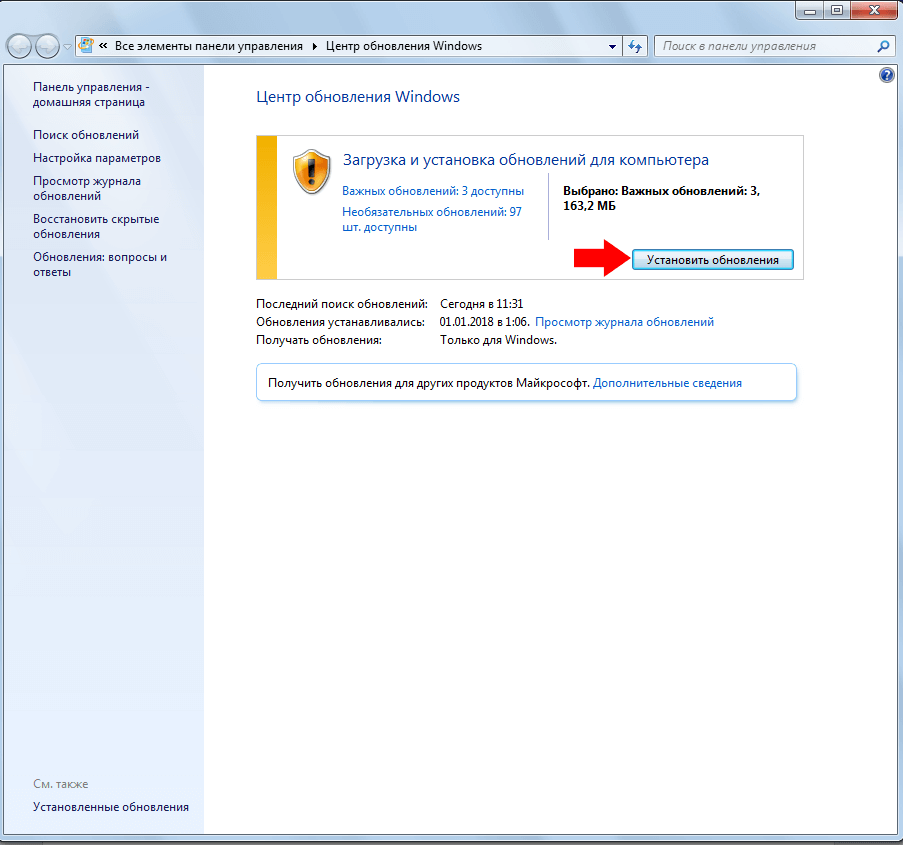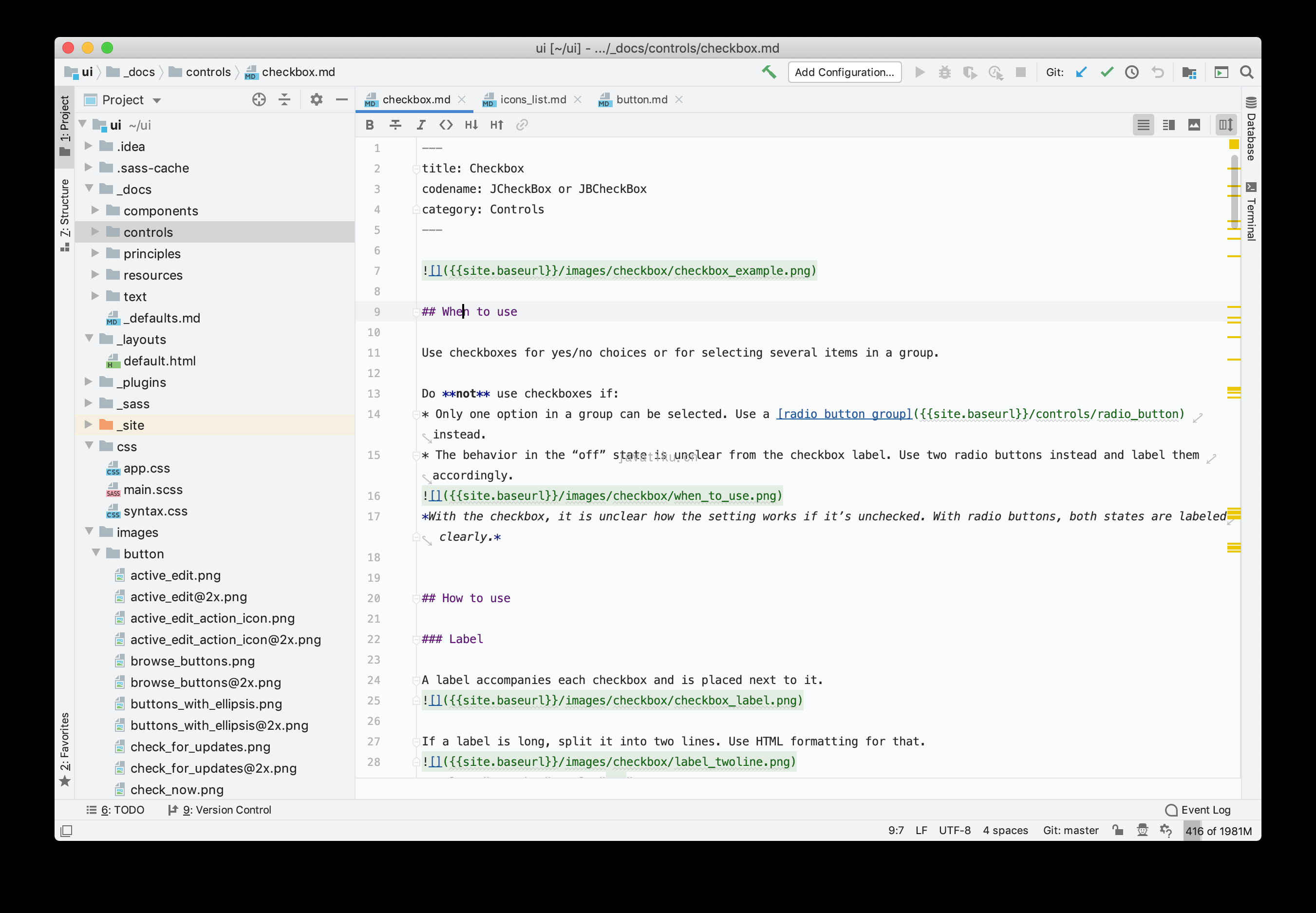

It’s no wonder beginners find themselves confused when deciding what IDE to install as their default, after moving up from the world of lightweight student development environments.
#Intellij idea themes software
IntelliJ loyalists scoff at Eclipse fanboys, Eclipse fanboys get mad, and once everyone starts naming eclipse plugins and waving software licenses around? All hell breaks loose. IDE users turn into something evolutionary anthropologists refer to as “fanboys”. Once someone starts using it they stick to it and rarely switch. An IDE is what we in marketing call a sticky product. The themeProvider refers to the my.theme.json JSON file, which contains an actual theme definition that modifies the background colors and sets a neat image in the bottom-right corner of the IDE.Any discussion comparing IntelliJ IDEA and Eclipse for Java development can be tricky because it’s sticky. The plugin.xml and other UI customization files – my.theme.json and my.xml – are placed in the /src/main/resources directory along with any images or icons you plan to provide. In both cases, the most important file of the plugin project is the plugin.xml file, which has to contain a themeProvider Extension Point definition: The template brings curated configuration of Gradle extensions and GitHub Actions, like dependency management, changelog support, and preconfigured Continuous Integration/Continuous Deployment (CI/CD) setup. As we are constantly improving the plugin development experience for IntelliJ-based IDEs, it is also possible to start new projects using the IntelliJ Platform Plugin Template.

DevKit-based projectįor more complex plugins, we recommend creating a Gradle-based project.
#Intellij idea themes code
You can find an example project in the IntelliJ SDK Docs Code Samples GitHub repository. The generated scaffold is a simple structure based on the DevKit approach and should be used only for simple plugins. The first method relies on the Project Wizard and is explained in detail in the IntelliJ SDK Documentation on the Creating a UI Theme with the DevKit Theme Wizard page. There are two ways of setting up such a project. On November 22nd, we were streaming the Busy Plugin Developers webinar that mainly focused on customizing JetBrains IDEs by building theme plugins.īuilding Themes for IntelliJ-based IDEs Creating a UI ThemeĬreating plugins and themes for IntelliJ-based IDEs requires some preparation before you dive into the actual development. IntelliJ IDEA with a theme applied Live Webinar: Building Themes for IntelliJ-based IDEs The most popular themes provide interface changes, and more advanced mechanisms that let you configure some of the plugin behaviors on your own, introduce additional actions, or implement various extension points in a theme that bring new features to the IDE. UI Theme plugins are just one of the many types of plugins for IntelliJ-based IDEs that became available in the 2019.1 release cycle.Īuthors of UI Themes can introduce various changes to the built-in UI elements in the IDE:

The reason we choose certain themes is different for each of us – old habits, appreciation for pretty things, color vision deficiencies, better for focusing, or any number of other things. However, many developers like to express their individuality by selecting from a wide variety of themes provided within the Themes category in JetBrains Marketplace. Some users like to stick with the preselected bright interface, while others prefer the Light-on-dark color scheme. IntelliJ Light and Darcula are well-known UI themes provided by default within IntelliJ-based IDEs.


 0 kommentar(er)
0 kommentar(er)
